Why do reducers need breather valves?
Content
The "Invisible Killer" Inside the Reducer: Thermal Expansion and Uneven Pressure
When a reducer is operating, the meshing friction of the internal gears generates a large amount of heat, causing the housing temperature to rise, and the lubricant inside to vaporize and expand. In a sealed reducer housing, this increase in temperature and gas volume causes a sharp increase in internal pressure.
Without effective ventilation or exhaust systems, excessive internal pressure acts like an invisible killer, continuously exerting outward force on the oil seal and sealing components. Over time, the uneven force on the oil seal will cause deformation and degradation, ultimately leading to seal failure and oil leakage. Lubricant leakage not only pollutes the environment but also causes dry grinding inside the reducer, leading to gear and bearing failure due to lack of effective lubrication and significantly shortening the equipment's service life.
The Breather Valve's "Breathing" Function: Balancing Internal and External Pressures and Protecting Equipment Health
The breather valve (also known as a vent cap or vent plug) primarily addresses the aforementioned issues. It is typically installed high up in the reducer housing and works like the equipment's "breathing system":
- When internal pressure is excessively high, the breather valve automatically opens, venting the gas that has expanded due to the high temperature inside the housing, rapidly reducing internal pressure and restoring internal and external pressure equilibrium. This effectively prevents high pressure from impacting the oil seal and protects it from damage.
- When internal pressure is too low, when the reducer stops operating or the ambient temperature drops, the gas inside the housing cools and contracts, creating negative pressure. The breather valve then introduces external air to balance the pressure again, preventing the negative pressure from sucking back the oil seal and further preventing oil leakage.
The breather valve is a critical component for ensuring the sealing performance of the reducer, preventing oil leakage, and extending its service life. It continuously ventilates and exhausts, allowing the reducer to maintain a healthy "breathing" state under various operating conditions.
Why Choose High-Quality Breather Caps?
There are many types of reducer breather caps available on the market, so choosing a high-quality breather valve is crucial. A good breather valve should have the following features:
- Efficient Exhaust: It can quickly respond to internal and external pressure differentials, promptly and effectively exhausting excess gas.
- Filtering: Some breather valves also include a filter element to filter air entering the reducer, preventing contaminants such as dust, impurities, and moisture from entering, ensuring the purity of the lubricating oil.
- Durable Material: Made of high-quality materials, it is heat-resistant and corrosion-resistant, ensuring long-term stable operation.
Conclusion
A breather valve is not an optional accessory; it is an essential safety feature for the safe operation of your reducer. To ensure long-term, stable, and efficient operation of your equipment, be sure to install a suitable breather cap at a high position to allow your reducer to "breathe freely" and eliminate problems such as oil leaks and wear at the source.

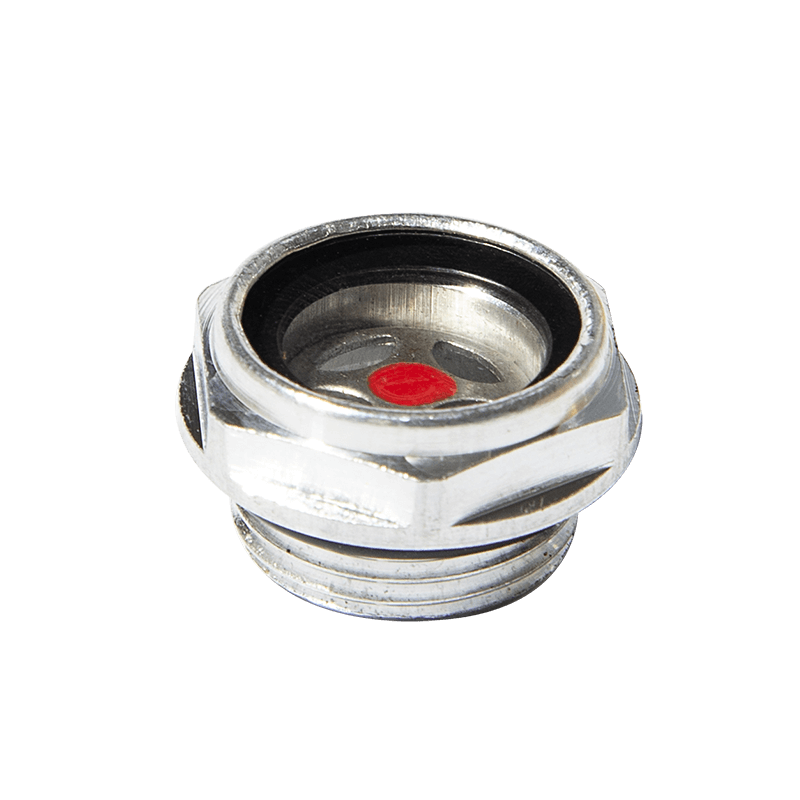
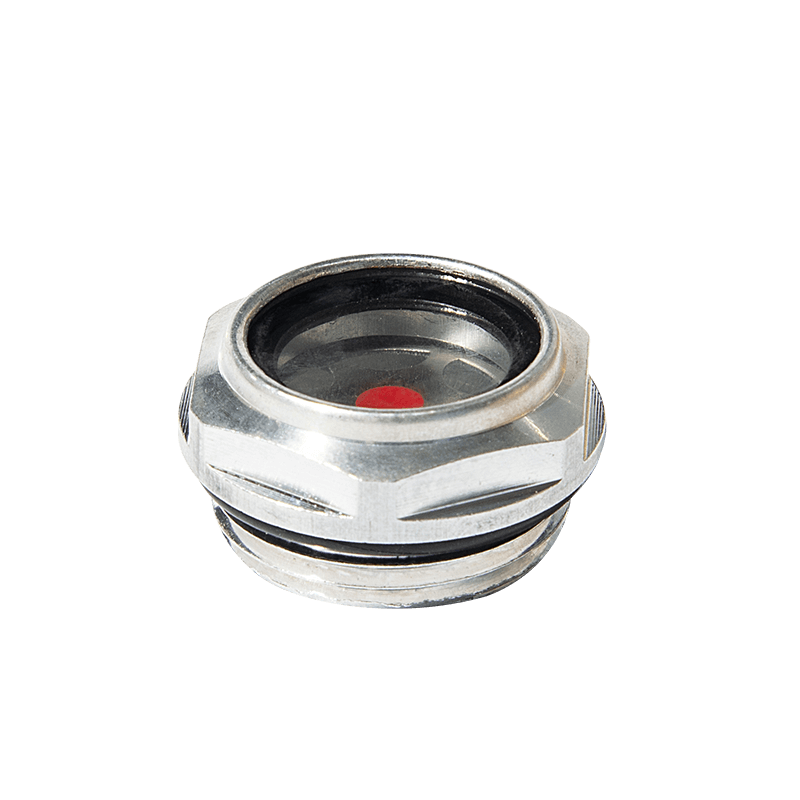

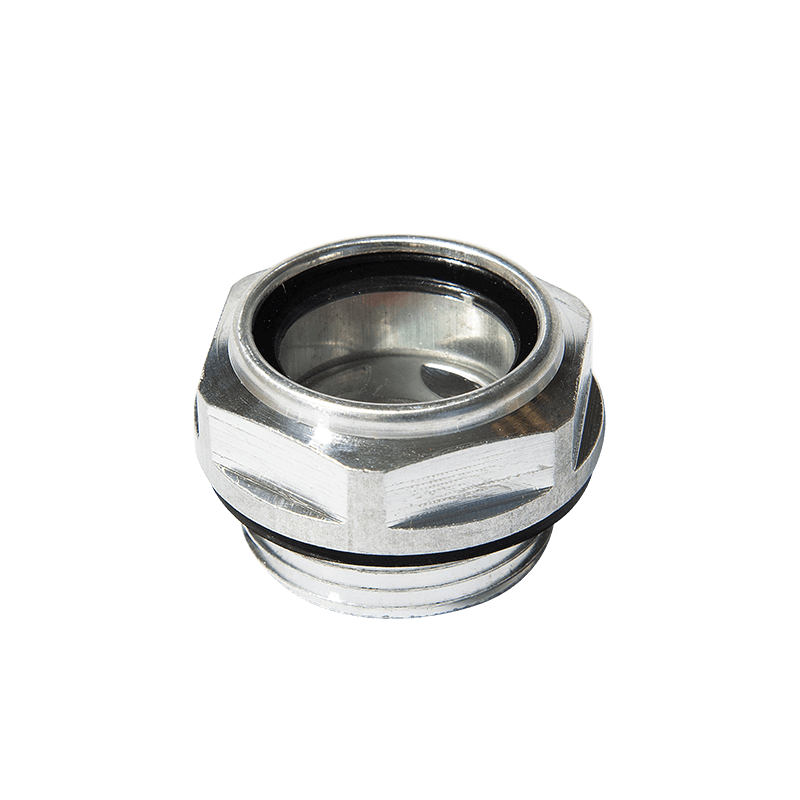
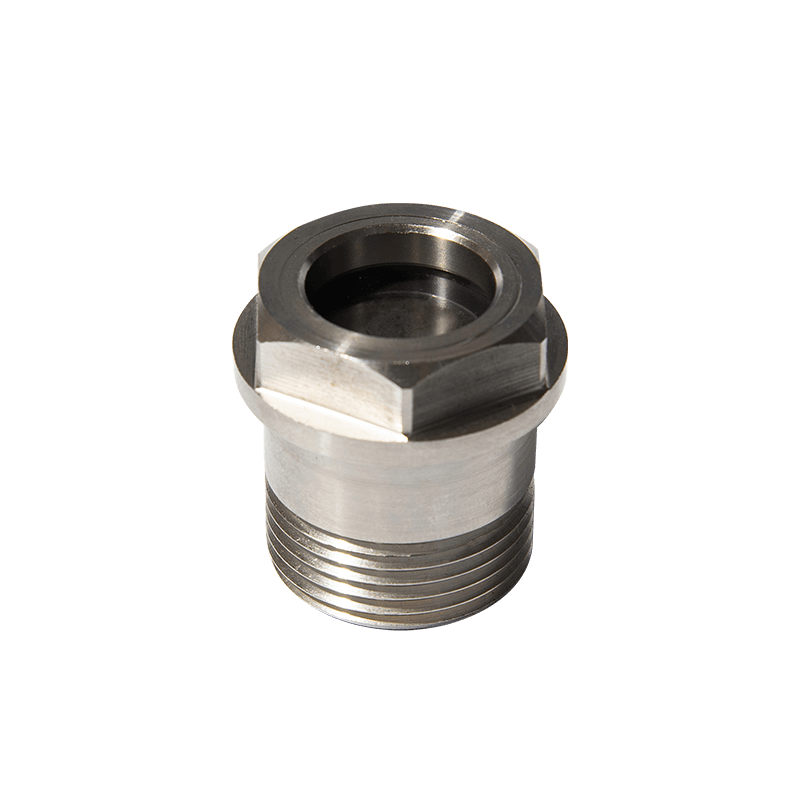
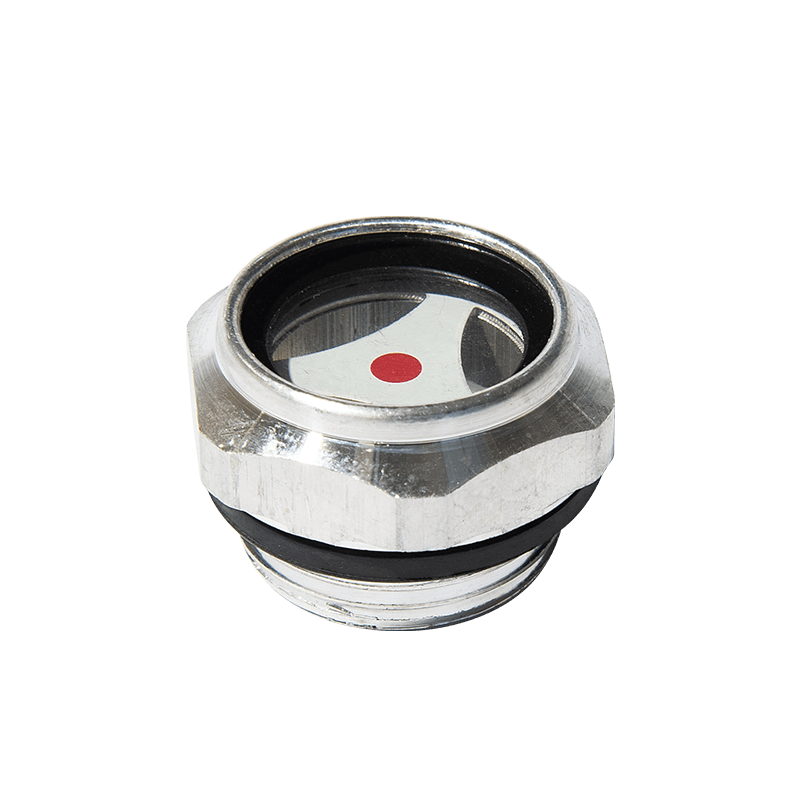
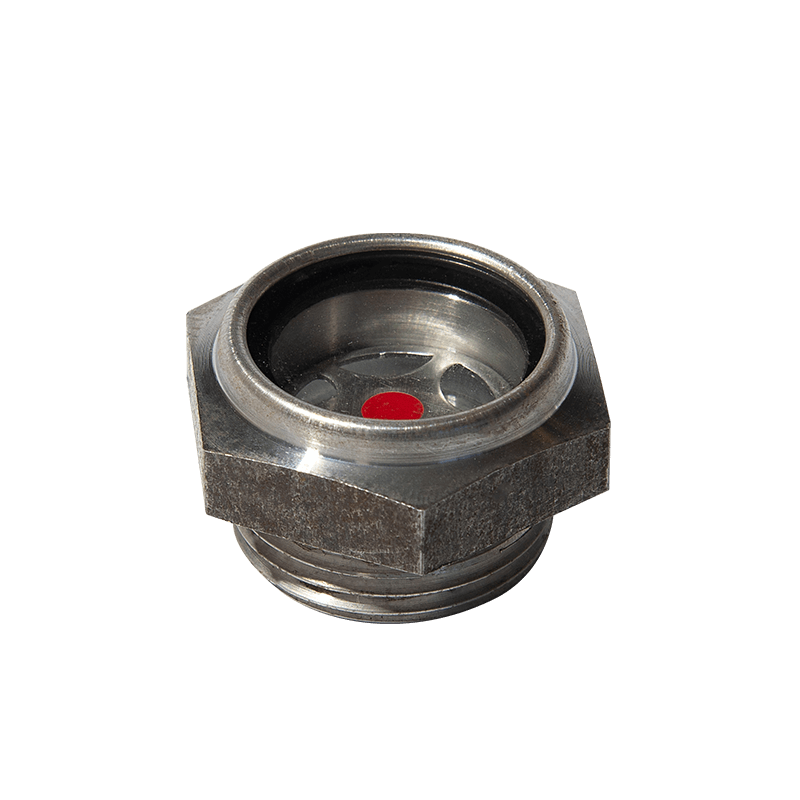
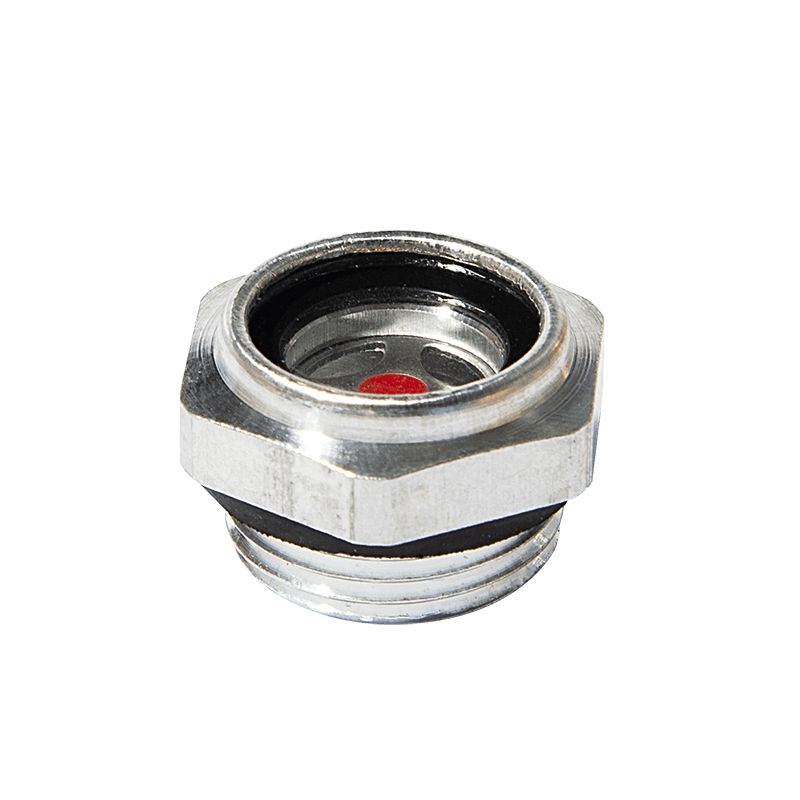
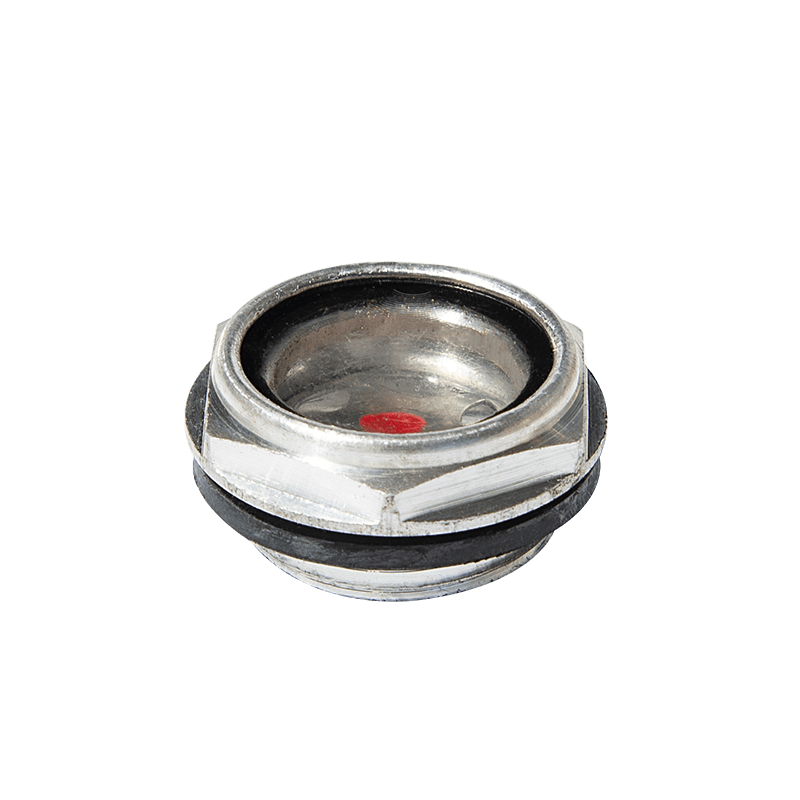
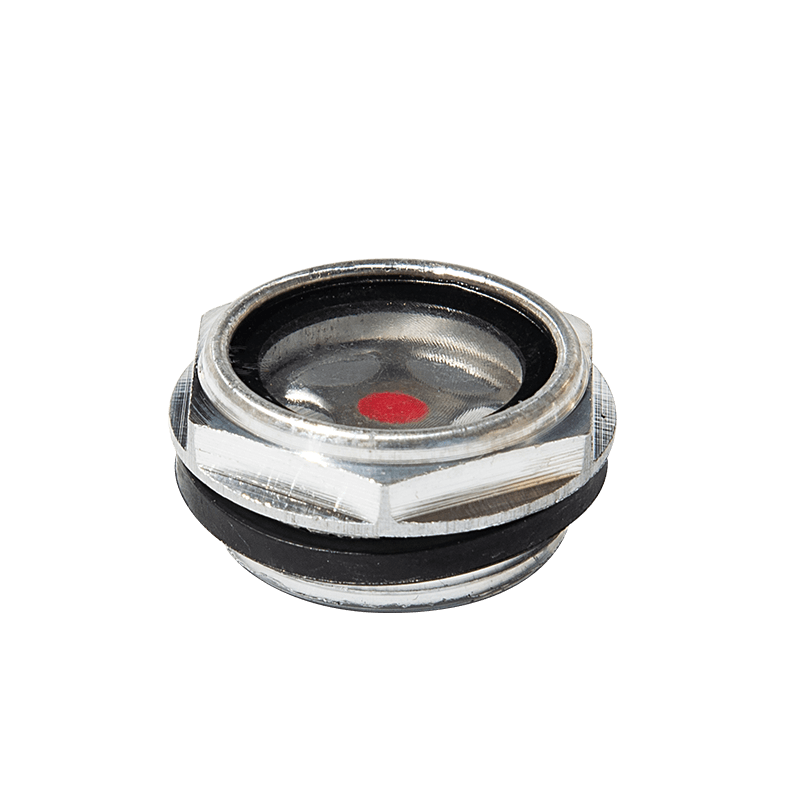





Contact Us